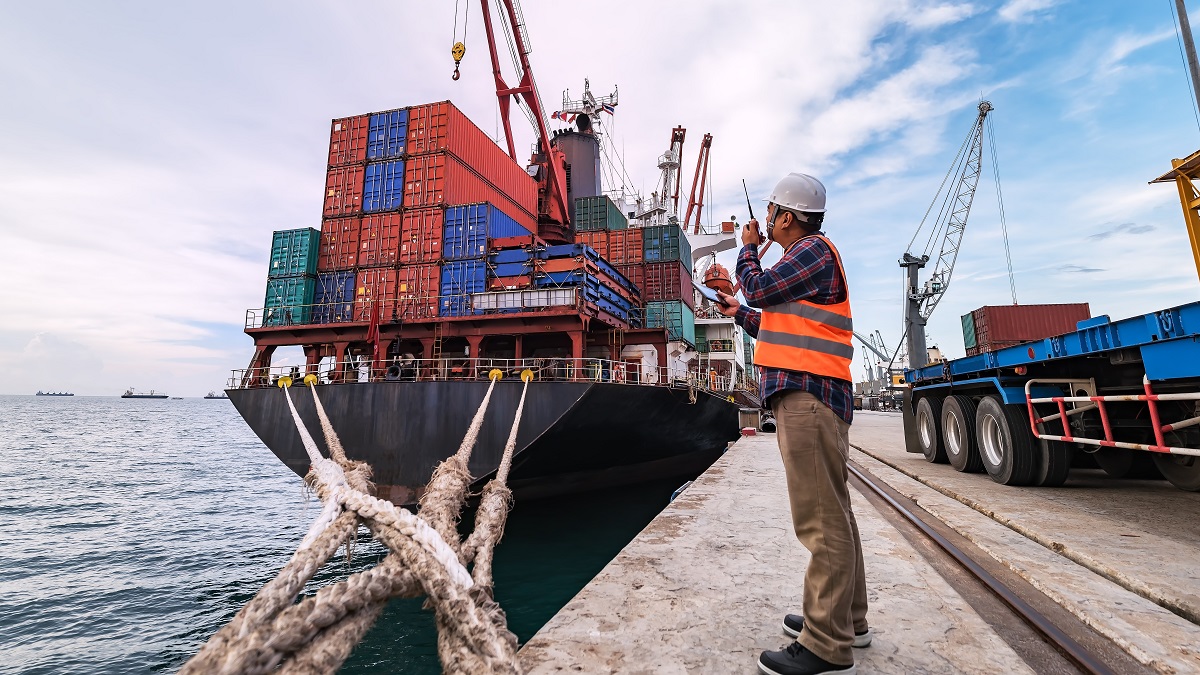Offering a wide spectrum of experiences for gamers of all ages, mobile gaming has become a worldwide phenomenon. Beginning users may find entering the realm of mobile games thrilling yet daunting. Therefore, the Avia Games prioritizes fair play and transparency, making it a trusted platform for competitive gaming enthusiasts. This book offers vital information to enable novice players negotiate this dynamic gaming terrain.
Exploring Game Genres
Mobile games satisfy many tastes and cover a range of genres. Strategy games test critical thinking; casual games are ideal for short play sessions. Action games and role-playing games (RPGs) respectively provide fast-paced battle and engrossing narrative. Finding your passions can allow you to focus the options.
Finding the Right Game
There are thousands of games accessible in the huge mobile gaming market. Beginning users can choose games that fit their tastes by reading user reviews, verifying ratings, and investigating well selected app stores. Start with free-to-play games to grasp several mechanics before making a purchase of a premium game.
Understanding Gameplay Mechanics

New players find mobile games perfect since they are generally made for simplicity and accessibility. In-game advice and tutorials help players negotiate controls and goals. Invest some time studying the mechanics to enjoy better gaming.
Setting Healthy Boundaries
Although mobile gaming is fun, it’s wise to mix playtime with other pursuits. Early on avoidance of in-app purchases and time limitations help to guarantee a good and stress-free experience.
Mobile gaming presents countless enjoyment value as well as social engagement chances. Beginning users can completely enjoy this dynamic and always changing environment by looking at genres, choosing appropriate games, and adopting responsible gaming practices. By offering real-world prizes, Avia Games motivates players to hone their skills and achieve excellence in their favorite games.









